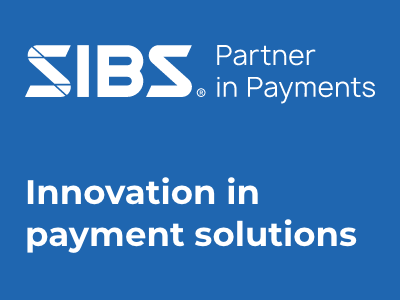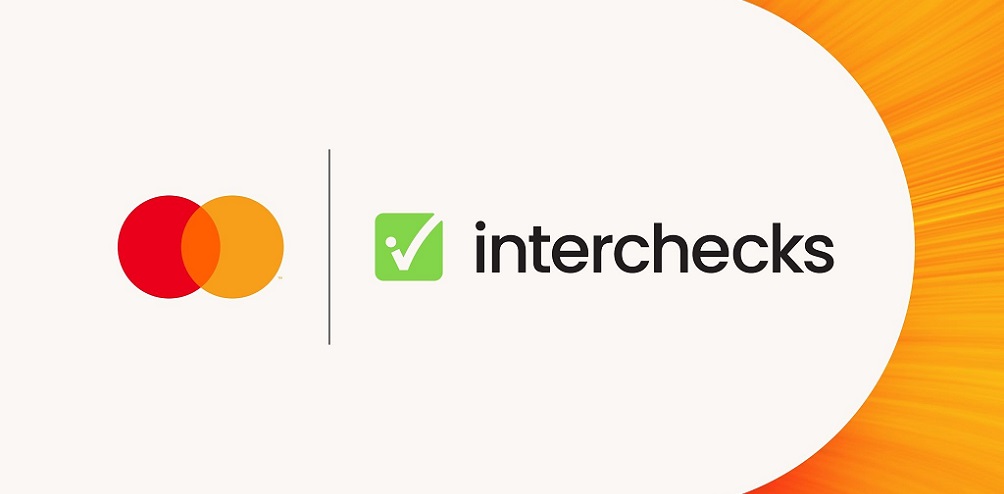New York State Department of Financial Services calls for crypto firms to use blockchain analytics to trace transactions

In a letter published last week, the New York State Department of Financial Services, or NYDFS, recommended that all digital currency companies operating under New York banking law adopt blockchain analytics to trace transactions. In supporting the decision, the regulatory agency wrote:
“Wallet addresses are typically pseudonymous, with nothing on the face of the transfer tying back to the originator, beneficiary, or underlying beneficial owners.”
Therefore, as told by NYDFS, it is vital that such classes of firms use blockchain analytics to prevent illicit transactions, such as money laundering or terrorism financing.
Compliance in a Virtual Currency Context
Financial activity involving virtual currency can involve, among other things, different sources, destinations, and types of funds flows than are found in more traditional, fiat-currency contexts. For example, virtual currencies such as Bitcoin and Ether can be transferred peer-to-peer directly from one individual or entity to another pseudonymously, absent the use of a regulated third party (e.g., between non-custodial wallets, or self-hosted wallets that allow users to maintain control of their private keys). Thus, to effectively address compliance requirements under the New York Banking Law and the New York Financial Services Law, as well as federal Bank Secrecy Act/anti-money laundering (“BSA/AML”) and Office of Foreign Assets Control (“OFAC”) requirements, VC Entities must be sure that their compliance programs fully take into account the unique characteristics of virtual currencies.
While such characteristics present compliance challenges, they also present new possibilities for control measures that leverage these new technologies. For example, virtual currencies, by their nature, typically enable provenance tracing (i.e., review of previous transfers or “hops” along the public blockchain ledger, or “on-chain”). Put differently, the blockchain ledger’s immutability typically allows a historical view of a virtual currency transmission between wallet addresses, providing the opportunity for greater visibility into transaction lineage than is typically found with traditional, fiat funds transfers.
A VC Entity’s risk mitigation strategies must take account of the VC Entity’s business profile to assess risk across types of virtual currencies and effectively address the specific characteristics of any particular virtual currency involved. For most virtual currencies, information stored on-chain includes certain identifying information, such as sending and receiving wallet addresses, time and date, and value of the transaction. However, as suggested above, these wallet addresses are typically pseudonymous, with nothing on the face of the transfer tying back to the originator, beneficiary, or underlying beneficial owners. In addition, the effectiveness of existing blockchain analytics tools can vary depending on the particular virtual currency in question.
Given the above-noted characteristics of virtual currencies, the Department emphasizes the importance of blockchain analytics to VC Entities in addressing, for example, anti-money laundering requirements under 23 NYCRR § 200.15, and across a range of BSA/AML and OFAC-related compliance controls,1 including but not limited to: augmenting Know Your Customer (KYC) related controls, conducting transaction monitoring of on-chain activity and conducting sanctions screening of on-chain activity.
Dariusz Mazurkiewicz – CEO at BLIK Polish Payment Standard
Banking 4.0 – „how was the experience for you”
„To be honest I think that Sinaia, your conference, is much better then Davos.”
Many more interesting quotes in the video below:











